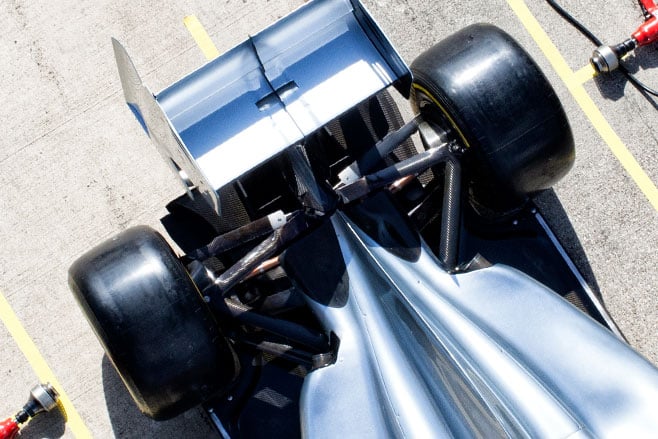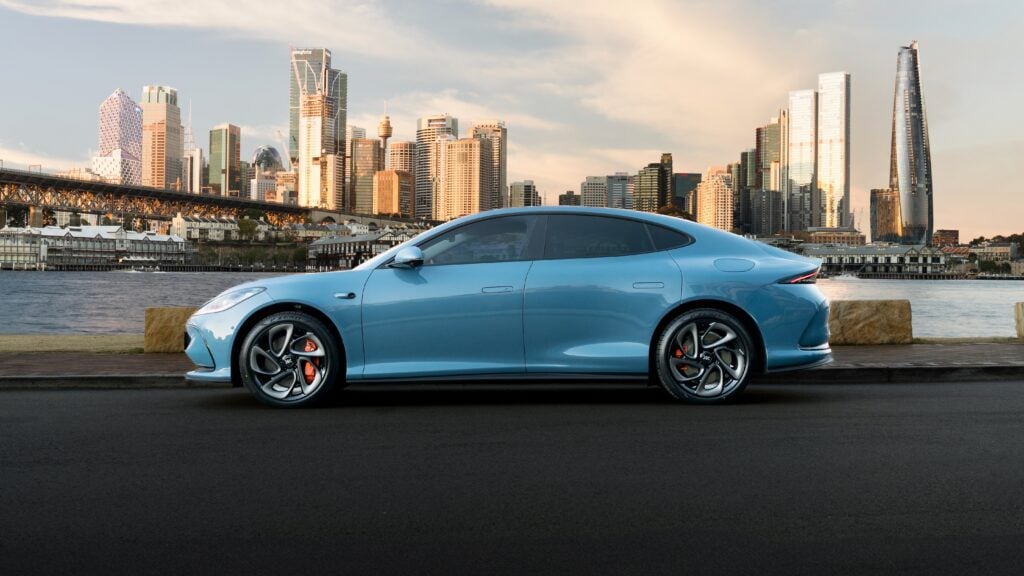
You should never underestimate the importance of your tyres. As the only points of contact between you, your car, your family, your valuables and the road, it is essential to make sure you have good quality and well-maintained rubber fitted, regardless of the vehicle.
But there are many variables to consider when selecting the correct tyre for your specific purposes including your budget, the type of vehicle they are being fitted to and the conditions you most frequently encounter.
Here’s our quick guide to the various types of tyres on offer, to help you pick the optimum rubber for the job, starting from the coldest and most extreme applications.
Ice
For the most severe winter conditions, studded ice tyres are largely the same as a winter tyre in terms of tread pattern and design features, but have short metal studs fixed into the surface of the rubber as an added line of defence.

No matter how sophisticated the rubber tread, when the surface is hard ice, only an array of metal studs can bite into the surface and enable the vehicle to maintain control.
In many countries, the use of studded tyres is only legal under certain circumstances and it’s very unlikely you’ll ever need them in Australia – even in the most punishing alpine white-out this country can serve up. But if you can’t get where you need to go with studded ice tyres, then caterpillar tracks are the only way you can do better.
Winter
A winter-grade tyre is identified by the 3PMSF (three-peak mountain snow flake) symbol on the sidewall. This internationally standardised stamp indicates that the tyre has demonstrated significantly better handling and safety performance in cold, wet and icy conditions through rigorous testing.

You can find out exactly how a winter tyre provides significantly better grip in adverse conditions here.
Unlike ice tyres (below), winter tyres can be used for extended journeys outside of their optimum operating conditions, although they won’t perform as well as models designed for warmer/drier climes.
Mud and Snow
Mud and Snow rated tyres identified by the M+S sidewall marking should not be confused with a dedicated winter tyre. While they have special features that boost traction on loose surfaces including snow, they are not necessarily made of the same soft rubber that stays supple in very cold conditions. As such, they are best suited to a majority of use in warmer temperatures above 7.0-degrees with occasional trips into cooler conditions.

That said, there are special M+S tyres that have also been granted a 3PMSF rating for winter use.
These specialised but versatile tyres are designed for SUVs and more hardcore four-wheel drive vehicles that clock up a decent share of on-road kilometres, but also need more grip than a purely road-focused tyre can offer when the asphalt comes to an end.
All Terrain
For vehicles that spend less time away from the beaten trail but still need more than a modicum of go-anywhere grip, an all-terrain tyre offers a good balance of both. Primarily, the difference between a tyre designed for off-road or on-road use comes down to the arrangement of tread blocks.

An off-road tyre has the blocks laid out radially, while a more road-focused model has the blocks arranged circumferentially. Radial arrangements offer better grip off-road but circumferential patterns are quieter and wear more gradually on the road.
All-terrain tyres are not just intended for SUVs and off-roaders, and can be applied to any vehicle that spends time away from the blacktop, just as a winter tyre can be applied to any vehicle in the correct climate.
All Season
The true all-rounder for on-road applications. All season tyres are designed for temperate climates where it is not necessary to swap your rubber on a seasonal basis. As with all-terrain tyres, the tread blocks can be arranged circumferentially or radially depending on the balance of traction, rolling resistance, durability and noise.

Regardless of the brand, all-season tyres offer low rolling resistance with good water clearing and wet weather traction but also a compound that responds well in hotter dry weather too.
That said, an all-season tyre will not offer the benefits of an outright high-performance tyre designed for optimum traction and dynamics when the sun shines…
Summer
Depending on the global region, summer tyres can also be referred to as performance tyres, indicating that their characteristics are best suited to fine weather and powerful vehicles.

In Australia’s relatively warm and dry climate, it is acceptable to leave a ‘summer’ tyre fitted all year round as long as you do not mind a slight performance sacrifice in wet or particularly cold weather.
A summer tyre’s tread pattern has few or no ‘sipes’ to remove water faster, instead favouring large uninterrupted areas of smooth rubber that grip better on dry asphalt.
In some cases, summer tyres are easily identified by a sunshine symbol stamped into the sidewall.
Semi-Slick
At the very pointy end of road-legal high-performance car tyres you’ll find rubber that has very few tread grooves at all, maximising the amount of surface area to deliver a maximum of tyre-to-road grip. The compound is also formulated from a stickier type rubber which works best when warm, but these tyres often come with visible warnings that their qualities are dramatically compromised if the road is wet.

Minimal groves in the tread surface provide minimal resistance to aquaplaning should the weather turn unexpectedly wet, though there’s still a limited capability to deal with water that allows drivers to return home – slowly.
High-performance semi-slicks are exclusively for high-performance cars (often with the price to match), which only come out to play on heydays, high days and track days.
Slicks
Just like ice tyres, you’ll struggle to find anywhere in the world that allows the legal use of slick tyres on public roads, but these ultra-high grip performance tyres are unrivalled for grip in the correct conditions.

A slick tyre’s rolling surface is completely smooth and made from a very soft compound for a no-compromise result in the dry.
However, without channels to disperse and eject water from the space between the tyre and the road, or edges and slots to create mechanical grip against rougher surfaces, a slick tyre would be highly dangerous to use with any moisture present on the road. These are best left to the race track.
Whether it’s extreme cold and road surfaces you would find it hard to stand on, or blistering asphalt in bone-dry conditions, there is a tyre designed to perform brilliantly in every scenario. Make sure your vehicle is wearing the correct rubber for the job.




